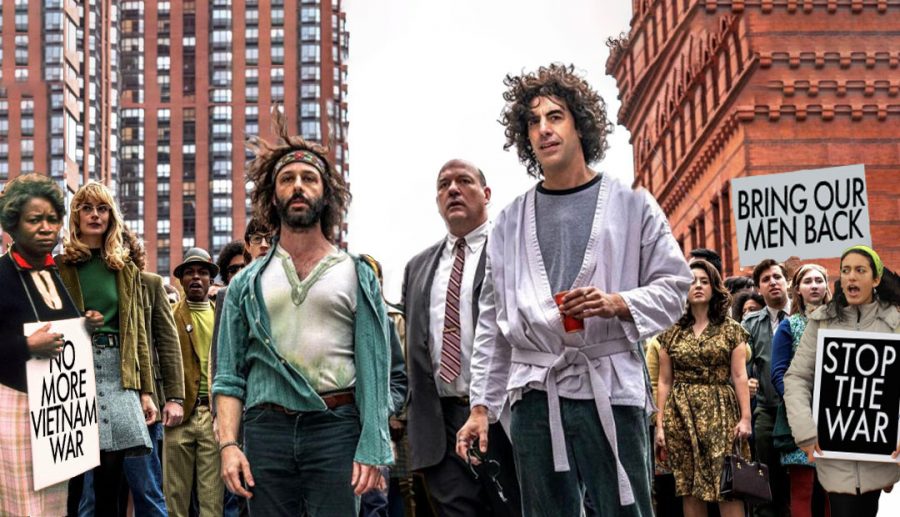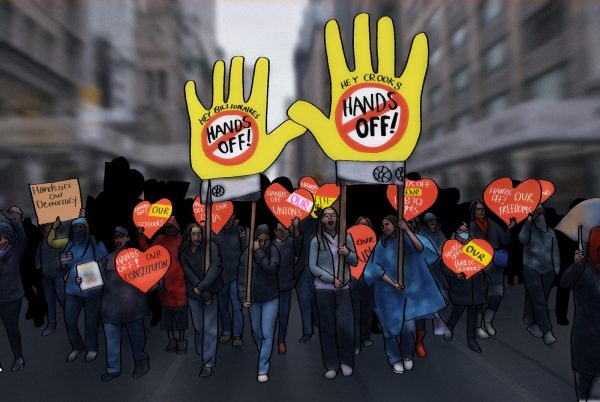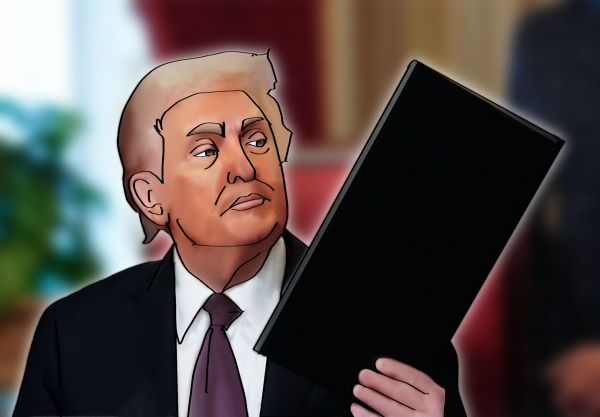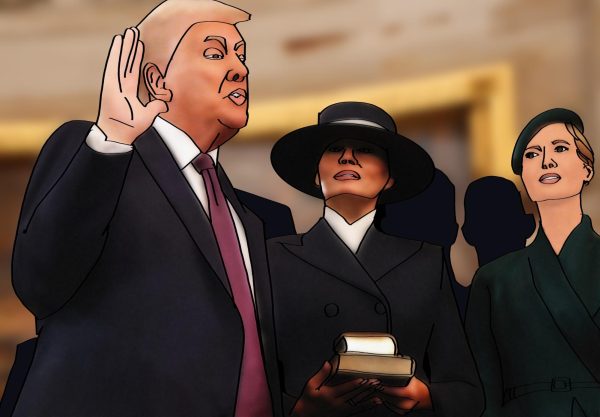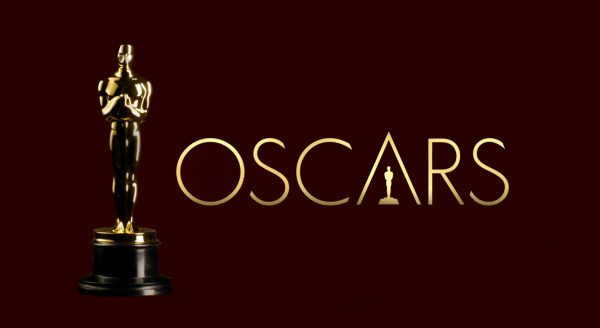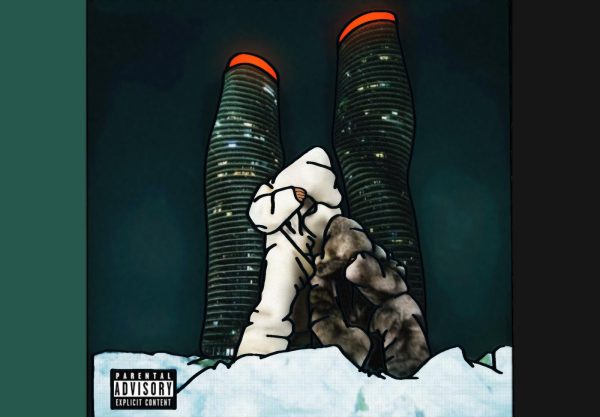The Trial of the Chicago 7: Is History Repeating Itself?
Congress shall make no law respecting an establishment of religion, or prohibiting the free exercise thereof; or abridging the freedom of speech, or of the press; or the right of the people peaceably to assemble, and to petition the Government for a redress of grievances.
A cinematic masterpiece of a film has a looming message throughout it. What we saw almost 50 years ago feels too similar to what we saw in the year 2020.
The Bill of Rights in the United States Constitution allows the American people certain unalienable liberties that in no instance can be taken from them. However, that is not to say that sometimes these rights are swept under the rug. A movement that served as a catalyst for change and laid the bearings for future movements was the protest at The Democratic Convention of 1968 in Chicago, Illinois. A riveting moment in time that will be known for decades to come caused many Americans to question the government in regards to if their main priority is to serve the people. Recently, the cinematic adaptation of these events was released on Netflix, with an all star cast including Eddie Redmayne, Sacha Baron Cohen, Joseph Gordon-Lewitt and Michael Keaton, re-establishing the event’s significance for the modern age. The film documented the unfairness received by these men and how in the year 2020, we are experiencing the same type of injustice.
The 1960s were filled with a tremendous amount of events that would create a social and political phenomena that would reach millions around the world. Towards the end of that decade, politics were at the forefront of discussions as President Lyndon B. Johnson decided to not run for re-election and the new democratic nominee, Hubert Humphrey, was someone opposed by many democrats because they felt he had no chance of beating Richard Nixon. Therefore, a group of the young generation of the time , the Baby Boomers, decided to take action against the raging war in Vietnam, the fear of a nation under the Nixon Presidency and the death of many activists.
On August 28, 1968, almost 15,000 protesters would arrive in Chicago. Despite their same goal, they were all a part of different factions such as the Youth International Party, Students for a Democratic Society and the National Mobilization Committee to End the War in Vietnam. Although, the majority of protesters were young, people of all ages, backgrounds, and stature showed up in solidarity for the cause. They knew the power millions of voices can have, just like the protesters in 2020 do. The film portrayed the trial at the beginning going back to the protests themselves to highlight the trial against key organizers after the protests and the discrepancies of the case itself.
The events leading to the 5 month long trial have far too many parallels with what we are experiencing now. The protests in 1968 and the Black Lives Matter protests this past summer were both conducted to shed light on the problems our nation has. Like the pain felt by thousands of people in the 60s; people are now standing up against systemic racism in our nation through peaceful protests. Of course there are those who enter these protests with ulterior motives to loot and incite violence; however, we simply cannot turn a blind eye on the government programs like the state militia and police that often do more harm than good. From tear gas to heavily armed guards, a certain scene in this film showed the warzone on the streets we have to face today. Policemen would attack them with clubs claiming they needed to because the protesters broke curfew and would not get out of the way. “They planned to give what they thought of as a spoiled generation, a good ripping, a good beating and they did,” Frank Kusch, author of Battleground Chicago said. The violence these peaceful protesters had to endure 50 years ago and now, leads us to question if the freedom of assembly is actually implied to ALL Americans.
When it came to the arrests of the Chicago 7, like those arrested in 2020, only a few policemen were charged with minimal indictments for causing undue harm on civilians compared to the indictments received by the defendants. The trial would be an extremely tough case to win because they were not only establishing their right to protest, but had to do this with no fair trial given. The beginning of the trial commenced with 8 key organizers including Abbie Hoffman, Jerry Rubin, David Dellinger, Tom Hayden, Rennie Davis, John Froines, Lee Weiner and Bobby Seale.
Bobby Seale, a member of the Black Panthers, refused to be a part of the case alongside the other men. His attorney was undergoing surgery at the time yet the judge Julius Hoffman would refuse to let him defend himself nor wait till his attorney could be present. Seale would protest this illegal act with the judge continuously charging him with contempt of the court and ultimately bound and gagged him in front of the jury. This act would be known to thousands because of its inhumanity, with even the prosecutor William Kunstler forbidding to continue stating “…this is a medieval torture chamber.” The judge, reluctantly, severed his name in this particular case as it came to light that he did not help organize the mass protest.
The fact of the matter is, the Civil Rights Act of 1964 was just signed, but that did not end the racism and inequality in our institutions. The attitude and way the case was presented to the Grand Jury is something 2020 knows far too well. Like in this trial, the Breonna Taylor case was warped to make the policemen appear as if they needed to do such acts, like shoot rounds of bullets into her home and how she was instigating this. Although a different set of circumstances, the 7 men on trial were made to look like violent animals who wanted to threaten democracy. After months at court the verdict came out on February 18, 1970 with all 7 men sentenced to 5 years in federal prison and a 5,000 charge. Rightly so, they appealed because of the clear bias of the judge and were made guilty of some of the charges but ended up with no sentence to jail time or fines.
“The trial of the Chicago 7 was notable in the sense that their amendments were stripped of them in various instances. What we saw with Bobby Seale is something that cannot be forgotten as this type of thing is repeating itself in 2020,” senior Alexandra Torres said.
The fight to end injustices in the United States is far from over. From the troubles all protesters faced in 1968 against the government to the official trial of the Chicago 7; the nation was divided and angry, just as we are now.
Your donation will support the student journalists of Coral Gables Senior High School. Your contribution will help us cover our annual website hosting costs.
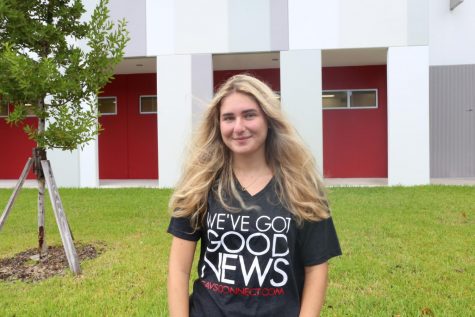
Lauren Gregorio is a senior in the International Baccalaureate program entering her second year as the opinion editor for CavsConnect. In addition to...
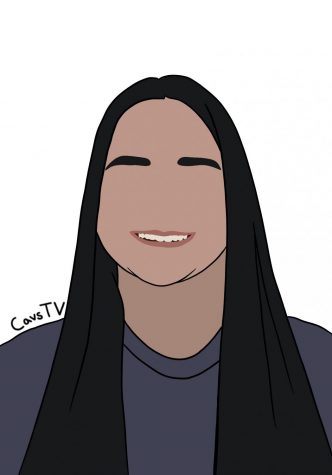
Katherine Blanco is a junior in the International Baccalaureate program (IB) at Coral Gables Senior High. She is very excited to be a founding member for...


